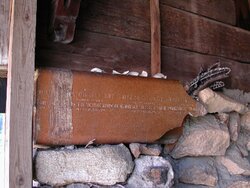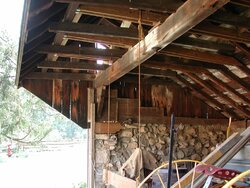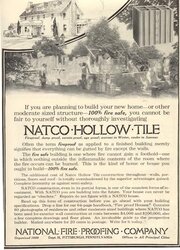Having a hard time finding any flue tiles that are not standard clay.
Isokern is the only thing I have found (I am in the USA)
I am not looking for a "system" just super duper liners , it will be a hand built masonry chimney.
, it will be a hand built masonry chimney.
I will need 6" and 8" round.
I have seen drawings of liners with actual "lips" at the joints, but all I find on the web is plain old clay liners.
Nick
Isokern is the only thing I have found (I am in the USA)
I am not looking for a "system" just super duper liners
 , it will be a hand built masonry chimney.
, it will be a hand built masonry chimney.I will need 6" and 8" round.
I have seen drawings of liners with actual "lips" at the joints, but all I find on the web is plain old clay liners.
Nick




